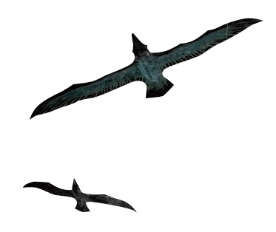Trained as a painter in the American South, Ginny Ruffner moved to the Pacific Northwest to pursue opportunities in public art and experiment with the sculptural medium of glass. Ruffner’s career has spanned decades; her work has been acquired by more than 50 public art collections around the world; and she has received a solo exhibition with the Smithsonian’s Renwick Gallery. Influenced by Seattle’s culture of innovation, this polymathic artist expanded her repertoire to explore artificial intelligence (AI), augmented reality (AR), and virtual reality (VR) in realizing her vision in recent years. Nature figures prominently in her work regardless of the selected medium, while technology fosters this connection to nature.
Project Aurora (2022) makes use of 34,560 individual LED lights and AI to recreate an elusive natural phenomenon. Real images of the Aurora Borealis appear randomized. AI dreams within the parameters set by the artist and her collaborators. In its ideation and fabrication, Ruffner partnered with legendary video game developer Ed Fries, former Microsoft Vice President and leader of the team who developed Xbox, and Dr. Wanda Gregory, scholar of gaming at the University of Washington, Bothell. The resulting installation was intended for temporary display, but it has found a permanent home at the National Nordic Museum thanks to the generous support of the Kongsgaard Goldman Family. The work of this Ballard based artist will remain on view, illustrating two of the Museum’s core values—connection to nature and innovation.


